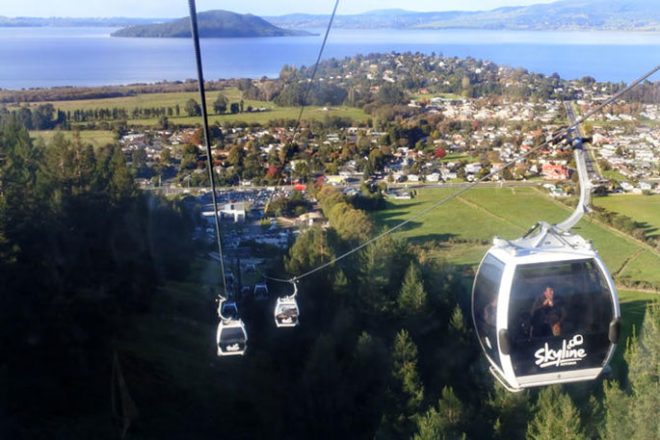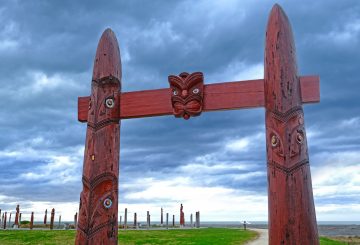The summer season for New Zealand’s tourism industry has ended on a high note, with many businesses across the country reporting strong performance. Although the final data for summer arrivals and spending is yet to be released, early signs suggest a successful season, albeit lower than 2019 levels.
The total spend by international visitors for the year up to December 2023 was $9.9 billion, according to a survey by the Ministry of Business, Innovation and Employment. Rebecca Ingram, CEO of Tourism Industry Aotearoa, stated that the end of March marks the end of the peak season for both international visitors and local holidaymakers. She added that despite some variability, the general sentiment is positive and the summer season will continue to significantly contribute to the economy.
Holiday parks have had their best January ever, with guest nights reaching 2 million. The total contribution of tourism to the economy has been strong, generating $37.7 billion in the year ending March 2023, and contributing 6.2% to the country’s economy.
Several tourism operators reported a busy season. Ben Thornton, from tour operator Bush and Beach, said that their tours have been fully booked since October. Gavin Oliver of EcoZip, a zipline company, also reported an excellent season with good patronage from North America.
The summer also saw the introduction of new attractions, including a new Hobbit Hole at Hobbiton and a new zipline in Kaikoura. Ingram noted that the summer season is crucial for tourism businesses as they prepare for the winter, when local holidaymakers often travel abroad.
The tourism industry’s biggest trade event, TRENZ, will take place in May and is expected to attract 1,000 delegates. The event, managed by Tourism Industry Aotearoa, aims to connect local tourism businesses with high-quality international and New Zealand travel buyers.



















































-360x245.jpg)









